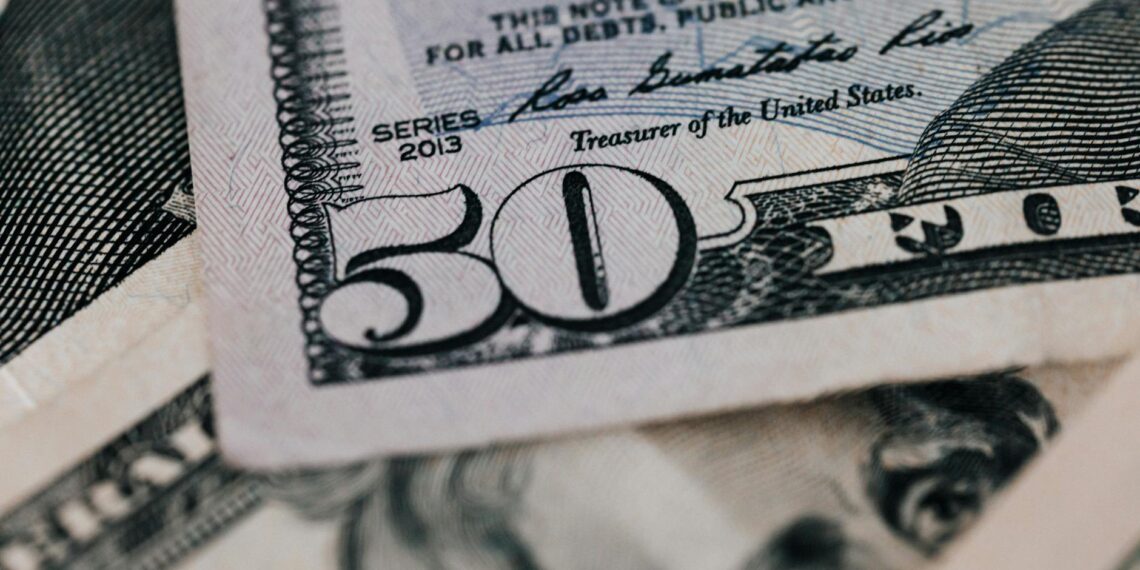The value of a 1776-1976 half dollar coin (Bicentennial Kennedy Half Dollar) varies depending on its condition, composition, and presence of errors.
- Circulated vs. Uncirculated:
– Circulated: Coins showing signs of wear and tear from everyday use typically range from $1.50 to $3.
– Uncirculated: Coins in pristine condition, with no signs of wear, are generally more valuable, ranging from $5 to $20 for standard issues.
- Mint Mark:
– No Mint Mark (Philadelphia): These are the most common Bicentennial Half Dollars.
– “D” Mint Mark (Denver): These coins are slightly less common.
– “S” Mint Mark (San Francisco): The Bicentennial Silver Half Dollar with an “S” mint mark, particularly the proof versions, are more sought after.
- Composition:
– Copper-Nickel Clad: The majority of Bicentennial Half Dollars are copper-nickel clad.
– 40% Silver: Some Bicentennial Half Dollars, primarily those minted in San Francisco with an “S” mint mark, were minted with 40% silver content and are more valuable due to their intrinsic silver value. You can check for a silvery edge (without the copper stripe seen in clad coins) or weigh it to confirm if it contains silver.
- Errors: Coins with mint errors, such as:
– Doubled Dies: Clearly doubled images or lettering.
– Off-Center Strikes: Misaligned designs.
– Clipped Planchets: Missing sections of the coin’s edge.
– Missing Clad Layers: Exposing the copper core.
These can command significantly higher prices, potentially reaching hundreds or even thousands of dollars depending on the error’s rarity and prominence.
To get the most accurate estimate, consider these steps:
- Examine the coin’s condition: Look for wear, scratches, or other damage. Uncirculated coins in excellent condition will be more valuable.
- Locate the mint mark: The mint mark, if present, is located on the obverse (front) side of the coin, below Kennedy’s portrait and above the dual date “1776-1976.”
- Check for silver content: If your coin has an “S” mint mark, check the edge for the absence of a copper stripe, which would indicate it is clad (not silver). Weighing the coin can also confirm its composition.
- Look for errors: Carefully examine the coin for any unusual features like doubling or off-center strikes.
You can then consult online price guides like the NGC Price Guide or Greysheet, or seek the advice of a reputable coin dealer or authenticator for a more precise valuation.
In summary: While most circulated 1776-1976 half dollars are worth a modest amount, those in uncirculated condition, with an “S” mint mark (especially the silver proofs), or with rare errors, can be quite valuable to collectors.









How to tell if a 1776-1976 half dollar is silver?
So I have here a 1976 a 1967 which has silver in it. And another 1976. The color is also slightly different as you can see a simple way to tell is to look at the edge of the coin. The later coins.
Are the Kennedy Bicentennial half dollars worth any money?
Great question! In their circulated condition, the no-mint mark Bicentennial half dollar is worth about $1, slightly more than its face value. A coin graded slightly used or about uncirculated can fetch up to $2. These coins increase in value in their uncirculated condition.